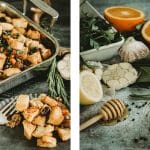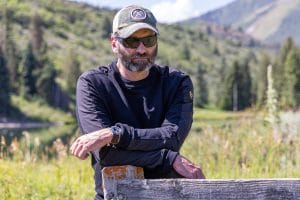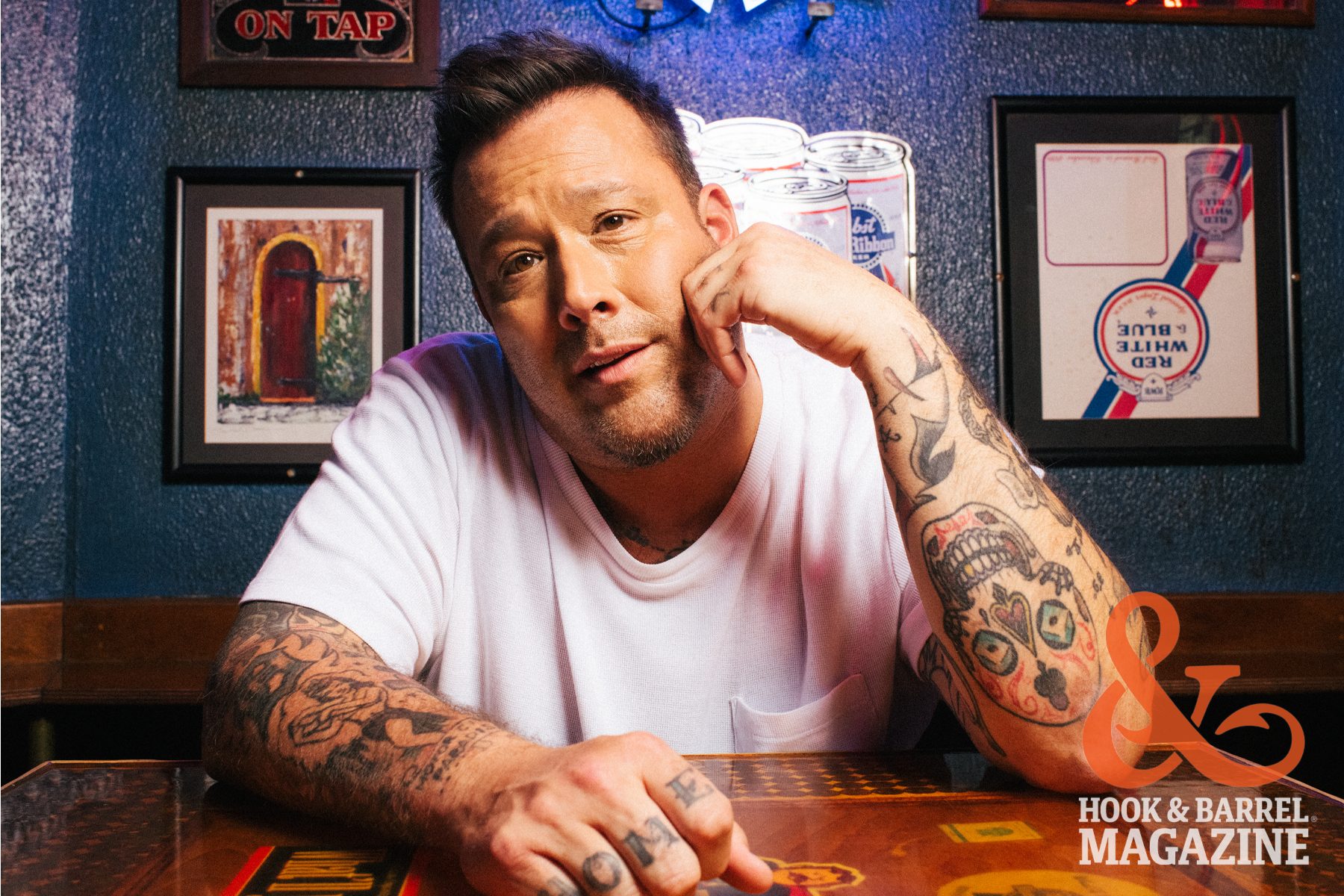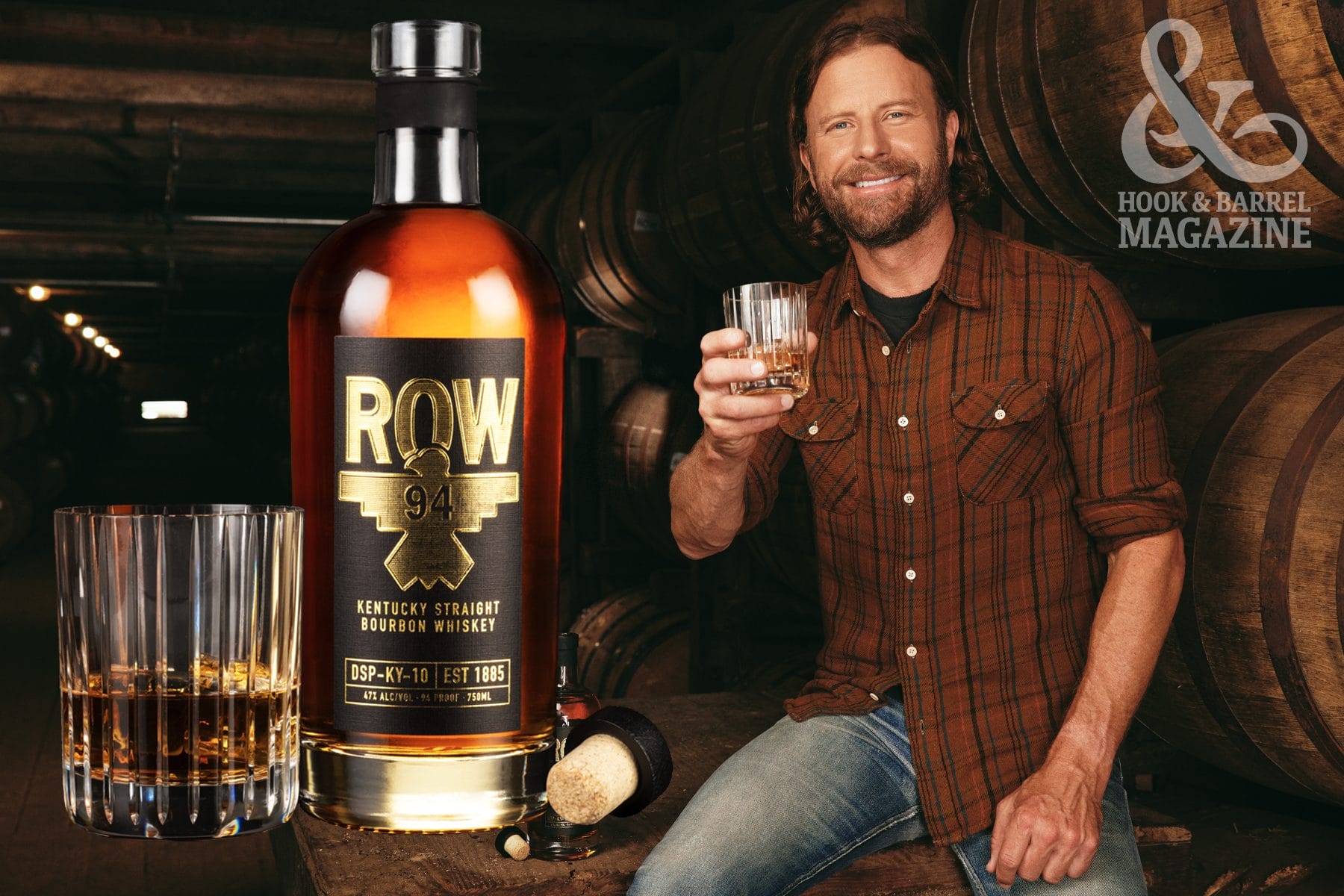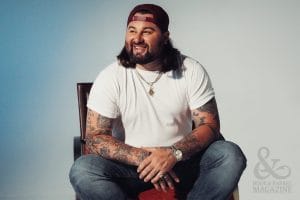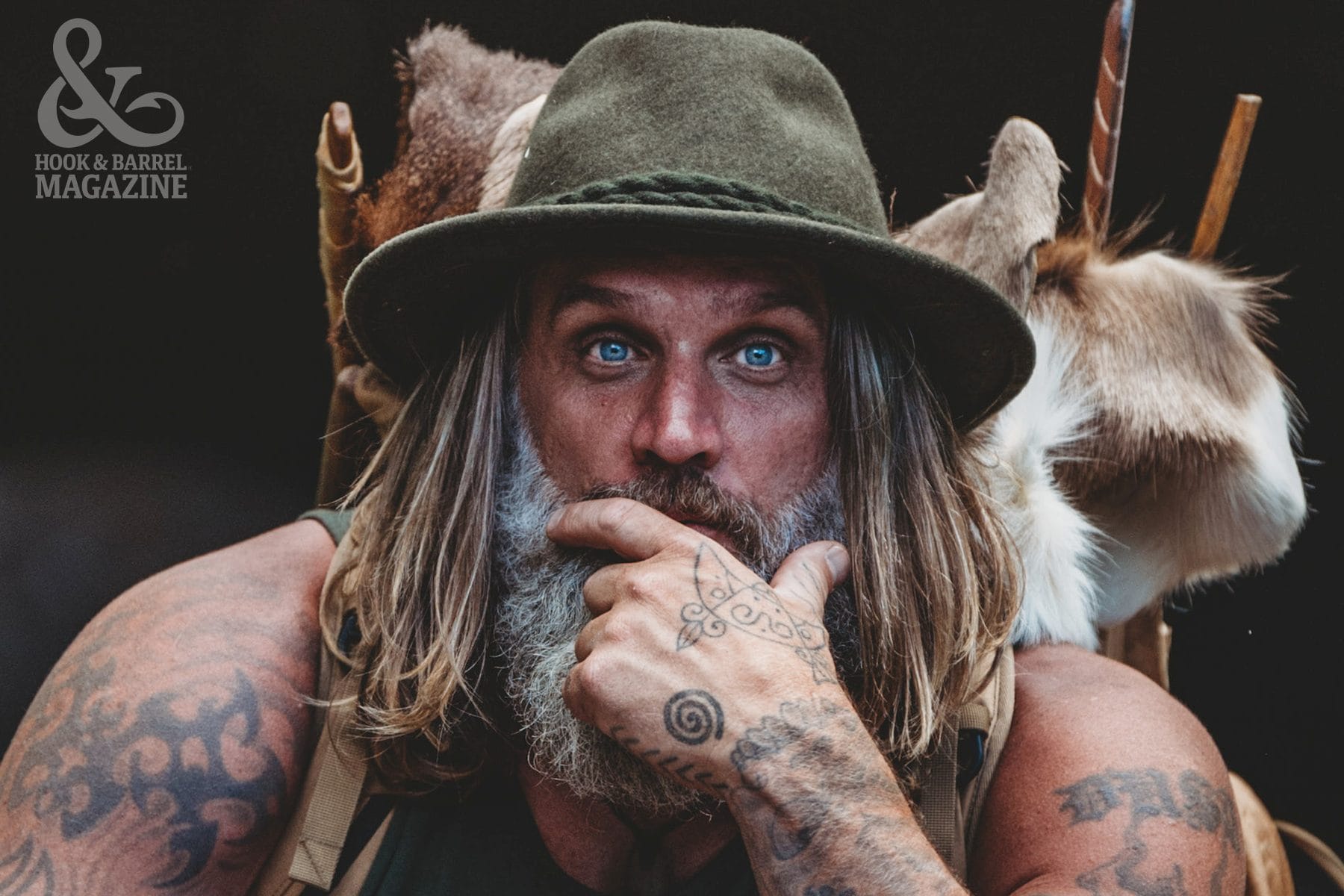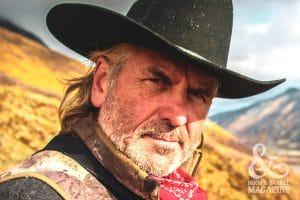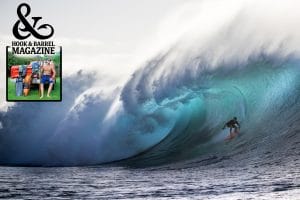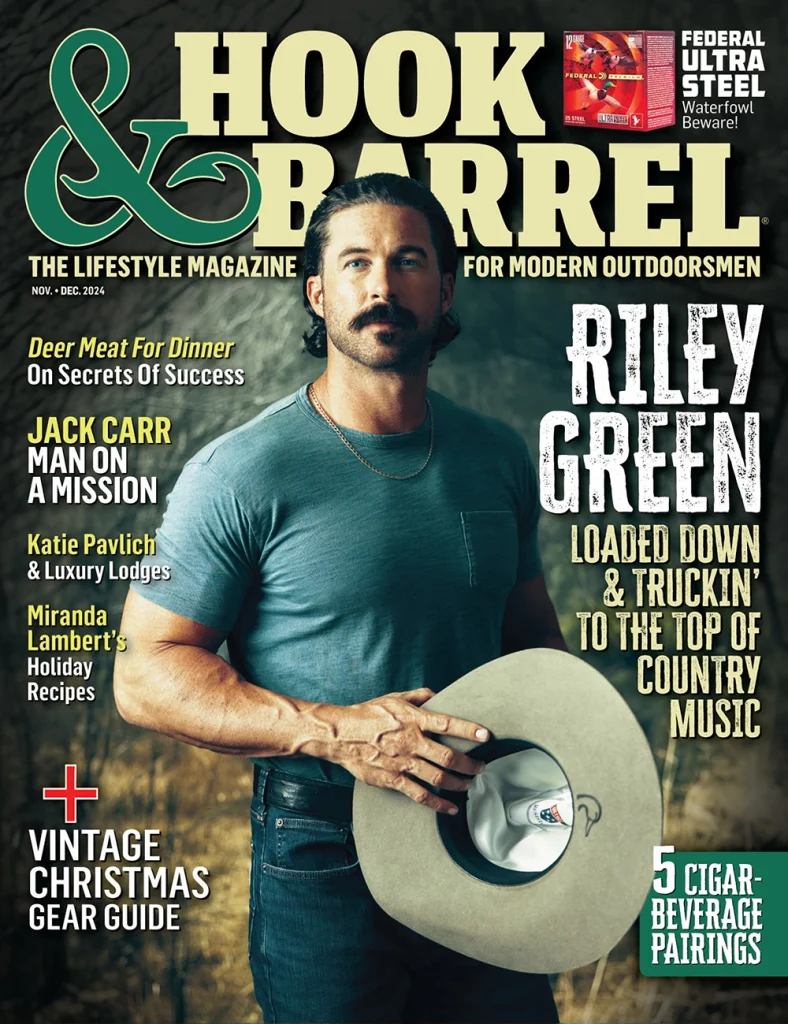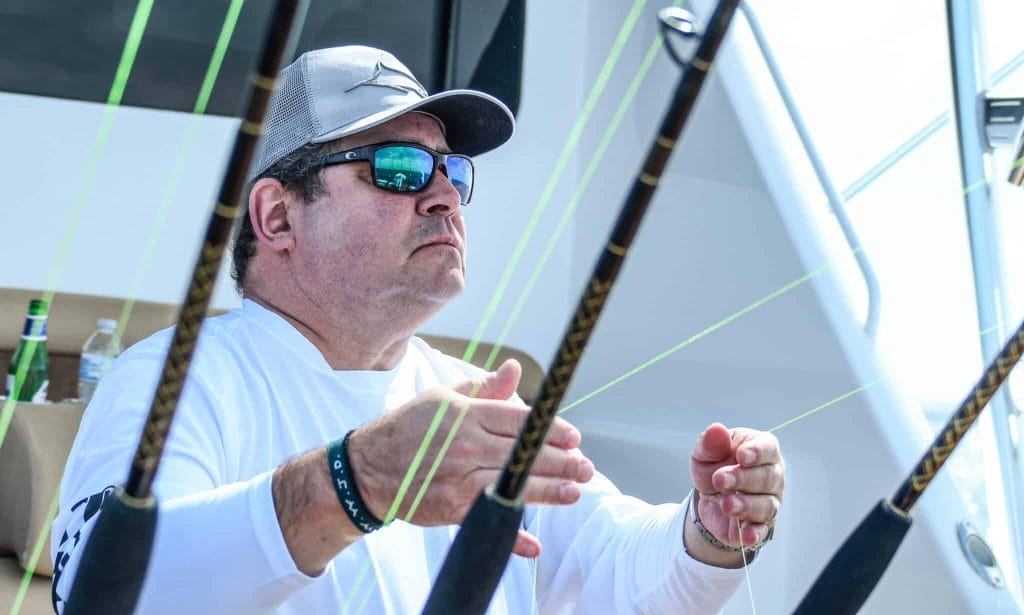
Chef Emeril Lagasse Catches Fish, Hearts and Appetites for Thirty Years.
Unless you have been living under a rock for the past thirty years, you have heard of one of America’s most beloved chefs, Emeril Lagasse. He is raw. Un-filtered. Organic. In other words, he is as authentic as his signature New Orleans style of cooking that made him famous.

As the proprietor and chef of twelve restaurants, including four in New Orleans (Emeril’s, NOLA, Emeril’s Delmonico, and Meril); three in Las Vegas (Emeril’s New Orleans Fish House, Delmonico Steakhouse, and Lagasse’s Stadium); three at the Wind Creek Bethlehem in Pennsylvania (Emeril’s Fish House, Emeril’s Chop House, and Burgers And More by Emeril); one in Miramar Beach, Florida (Emeril’s Coastal Italian); and, most recently, Emeril’s Table at the New Orleans airport, Emeril has built a career one ingredient at a time, carefully cooking up a persona and reputation of mouthwatering professionalism. His thirteenth restaurant, and his first restaurant at sea, Emeril’s Bistro 1396, will open on Carnival Cruise Line’s Mardi Gras ship, set to sail this year.
If that wasn’t enough, as a national TV personality, he has hosted more than two thousand shows on the Food Network and is the food correspondent for ABC’s Good Morning America. Most notably, Amazon launched an original series featuring Emeril called Eat the World. The series received five daytime Emmy nominations and won Outstanding Culinary Program. The series was also a James Beard Award semifinalist in the category Outstanding Personality/Host. Lagasse has appeared as a guest judge in five seasons of Bravo’s hit food series, Top Chef and two seasons of Top Chef Junior. He was named a co-host on the last three seasons of the Rachael Ray Show and has appeared on the Cooking Channel with five seasons of Emeril’s Florida. He is the bestselling author of nineteen cookbooks, the latest titled Essential Emeril: Favorite Recipes and Hard-Won Wisdom from My Life in the Kitchen.
Needless to say, as a foodie, I was more than excited to meet him.

It was a refreshing morning in balmy Fort Lauderdale, Florida when my wife, Natalie, and I met up with Capt. Brad Benton. Brad has been the captain of Emeril’s boat, Aldente, for twelve years and has worked for Emeril for more than fourteen. Just days before Emeril’s annual Line, Vine & Dine fishing tournament, hosted to raise money for children to reach their full potential through culinary, nutrition, and arts education, he and the crew were anxious to work out some pre-tournament kinks and to do some pre-fishing.
Joining us that day were Chef Frank Szymanski, Emeril’s Chef de Cuisine at Emeril’s Coastal Italian, Emeril’s good friend Mike Nemecek, and his first mate, Jordan Whiteman. Once aboard the seventy-six-foot Viking, which was named in part because of the cooking term al dente, and in larger part because Emeril’s wife’s name is Alden, Capt. Brad and Jordan scurried about making the final preparations for our day kite fishing nineteen miles south off the coast of Miami.
“Bossman is down below in his stateroom getting ready,” Brad said. “He is shaving and freshening up. He is taking this interview with you guys pretty seriously.” Luckily for Emeril, the way I roll is as loose and casual as it comes, and, frankly, all he had to do is cook me a burger. But that is the kind of guy Emeril is. Even on his day off, he wants to put his best face forward for his guests.
As we were waiting for Emeril to emerge, Brad and I got to talking, and I had to ask him about his boss. “What’s it like working for Emeril?” With a smile, he related a story that really set the table for the kind of guy Emeril is. “There are marina clubs that only allow owners in – not crew. We don’t go to those places. The way Emeril looks at it is, if his crew isn’t allowed, then he is not giving them his business. He looks at himself as part of the crew and the crew as his family.”
Moments later, the door slid open on the saloon and the New Orleans icon walked out. “Sorry about that, guys, I got caught up on a call. Happy birthday, Frank, why don’t you have a beer in your hand?”, Emeril asked in his deep, almost East Coast Italian (though his parents were of French-Canadian and Portuguese descent) sounding tone. “Hi, I’m Emeril, welcome aboard,” he greeted Natalie and me. “Can I get you anything?” And just like that, BAM, Natalie and I were part of the crew for the day.
Within minutes Brad had us full throttle south to Miami. Being with Emeril was like being with an old friend. The ease of conversation, the laughs, and the pure and honest care he takes to get to know you is just as intoxicating as his boat wide imposed “Chardonnay all day” rule. Reminding myself that I had an interview to get done before the day escaped us, we took a few minutes to chat in the saloon (a saloon is the main room of a boat, pronounced sa·LON) before the excitement of kite fishing for sailfish or the Chardonnay over took me, and the way Emeril was pouring, Chardonnay was quickly becoming the frontrunner.
Emeril, watching all the celebrity chef television shows on the air these days, it seems as if they all have some sort of reality TV drama included. You don’t do that on your shows, why is that?
It has always been my approach not to be the screamer, but to be more of the educator – to encourage people to want to cook, to shop, to want to learn more about wine, spirits, etc. Unfortunately, today, people want that drama and yelling though, and maybe that is why I am not as predominant on TV as those shows. You know television statistics show that once people finish dinner, they don’t want to learn any more about cooking – they want that reality television nonsense and that’s not what I really want to do. That’s why I enjoy doing Top Chef and Top Chef Junior. I believe in the show. It’s real. It’s not some producer telling these young people this is what you gotta do to get ratings.
You have a son who is following in your footsteps of becoming a chef. How’s that going?
I have really tried to stay out of his way because I don’t want to be that dad figure that tells him what he should do or what he shouldn’t do. He’s kind of figuring it out on his own. But I am also kind of living through him. It’s educating me – how I need to work, how I need to train, how I need to hire young talent. But to answer your question about him, my son worked for Éric Ripert at Le Bernardin six weeks last summer and three this year. He also worked at Chef Daniel Boulud’s DANIEL and Café Boulud in Manhattan, and he just got a job offer from Thomas Keller, and he is doing this on his own. This isn’t like,“Daddy get on the phone, I need a favor.” I am proud of what he is doing.
So then, what makes a great chef?
In this business you never stop learning, and when you stop learning, in my opinion, the game is over. So even today, at sixty years old, I just went to London with my son, strictly to eat. We didn’t tour around or shop, only ate. It is not like I can go back to school. So, we went to places like Core by Clare Smyth, The Ledbury, and Gordon Ramsay’s restaurants, etc,. and just ate. That’s how I keep fresh. Another example is this past Thanksgiving, I took the family to Lisbon, Portugal, not only because it’s part of my heritage, but because I am interested in the cuisine. It’s got to be real. You can’t be in Des Moines, Iowa and serve gumbo without having been to New Orleans and experiencing the culture. Does that make sense? My philosophy is if you can understand the people and culture, then you can understand the food. So that’s why, thirty years after opening my first place, I am still traveling. I once had a chef that told me that even if you cook for a hundred years you would only know a fraction of what there is to know about food all over the world. That’s a long way to say, you got to keep it real, you have to have a mentor, and you can’t ever stop learning. Finally, you have to have passion and love people – if you don’t do all of that, don’t even get into the business.

When you go to a restaurant how do you judge it?
If a restaurant is serious about their menu, there are simple things that tell me that. Take for example their soup program. If the chef is paying attention to the soups, I know it’s going to be a good meal. Most people are like, “Let’s see what I can get out of the icebox, boom, boom, boom.” Bread is another great example, you know. … If they are really serious about cooking, the bread better come out good. So, when the bread comes out great in the beginning, you can bet it’s going to be a great meal because they are already paying attention to details.
Your cooking style is described as “New New Orleans,” but it is hard to find a definition for what that really is. Would you explain it to me?
It is the use of ingredients and techniques of other cultures combined with the foundation of what Louisiana cooking is. Example: you’ll see some Vietnamese inspiration on my menus. We have quite a Vietnamese population in New Orleans, and if you think about it, New Orleans has similarities to Vietnam. The rain, the tropical aspect of it, the bayous, how they fish, etc., and I have tried to understand their culture and style of cooking. I hired an entire Vietnamese family to work at my restaurant, NOLA. Twenty-two years later some of them still work for me, and as matter of fact, Miss Hay’s recipe for chicken wings is still on my menu.
Let’s talk fishing. How did you get into it?
Growing up in Fall River, Massachusetts, there was a bridge that my dad and I would go flounder fishing off of. Then my uncle had a small boat, which my dad (who never told me) was petrified of getting on. He would pawn me off on my uncle and I learned about bluefish and other types of fish. I would clean them, take them home to mom, and then I began cooking what we caught. With that, I got even more interested in the sport and learning to catch even more types of fish. I guess I have always had this fish/seafood connection. Then I found my way to New Orleans. I would have customers when I worked at Commander’s Palace who had a boat and I would get invited out with them. That’s how I learned about gulf fishing – you know, tuna and wahoo kind of fishing. After Hurricane Katrina, we lost everything, and we moved to the panhandle of Florida – I have to have the water for my soul. There I met Brad, and he and I did a lot of fishing on a boat called the Ole Miss that I bought into. We were entering into all of these fishing tournaments, and one day we realized that the boat didn’t have the range and capability to compete against all these other anglers. So, Brad and my wife convinced me to buy a new boat, and it escalated from there. Two boats later, we have a great fishing team and we fish the major tournaments.
A good captain is important. Tell me more about Brad.
Brad has the right attitude and the right experience. A lot of captains know how to drive a boat, but they don’t know what is happening behind the boat. Being a captain and driving the boat is about twenty-five percent of the gig. He’s in the entertainment business. There are times he is the DJ, the dishwasher, the sous chef. We’ve done crazy stuff together. There was a time we were in Cat Cay and it was a friend’s birthday. It was a crazy party. Brad had a chef’s coat on with me in this Bahamian kitchen and we were cooking truffle pasta for a hundred people. So, we are in it together. We are a team.
With that, the boat slowed, and Emeril looked out the starboard window. Miami was shining on the coastline. “Hey, you need another Chardonnay, John. Chardonnay all day, baby!”, he exclaimed. “Now let’s get those kites up and get into the bite. Brad, crank the tunes and let’s get Frank another beer – it’s his birthday.”
Emeril was in his element: good times were flowing; lines were in the water and close friends surrounded him. That’s the true “Essence of Emeril” and that’s oneyou can’t buy in stores.
For more information on the Emeril Lagasse Foundation or to learn how you can help, please visit emeril.org.




